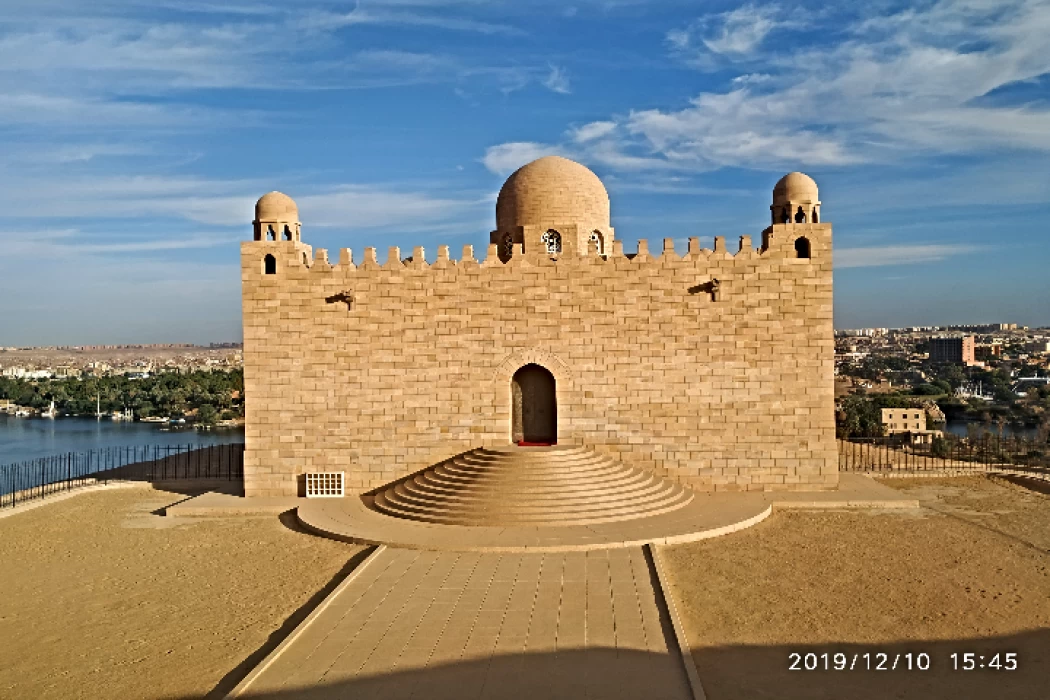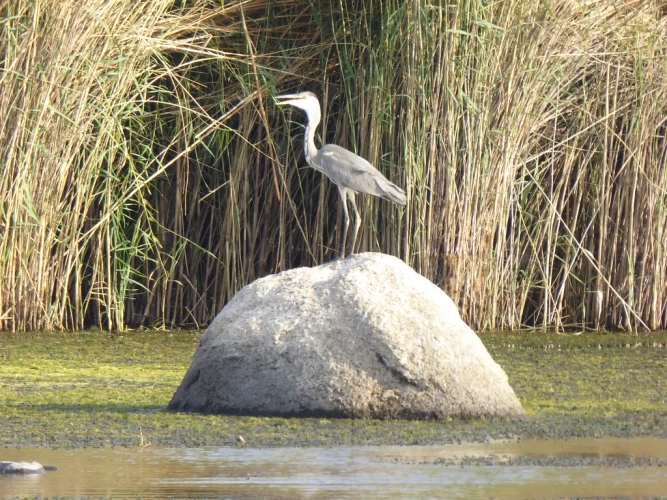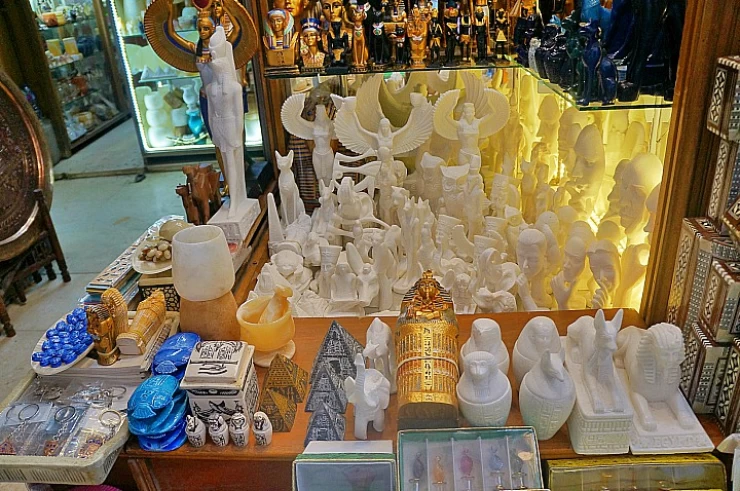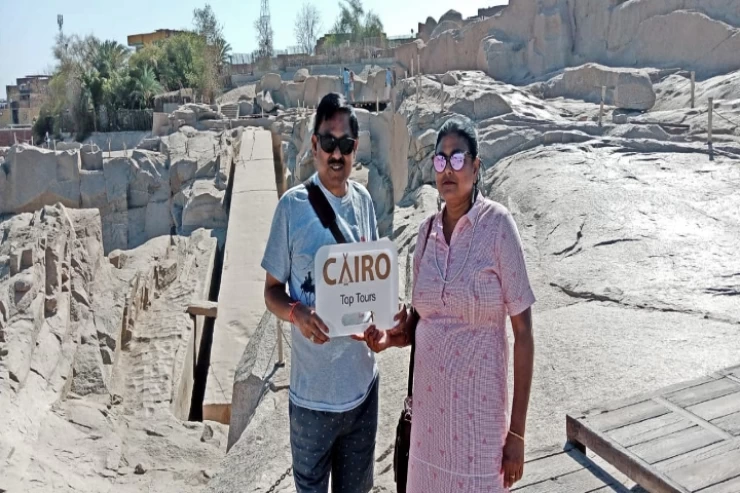
Mausoleum of Aga khan
Aga Khan, also known as ŀqā Khān or Āghā Khān in Persian, is the title of the imams of the Shiite Nizarite Ismailis. The Persian word for "Lord," aga, is used to refer to an honorable man in general, while the Altaic title for the ruler is khan.
The Mausoleum of the Aga Khan is considered one of the most important tourist attractions in historical Egypt, which reflects the distinctive urban style of the period of the Fatimid rule of the country. It is the tomb of Aga Khan III (Sultan Muhammad Shah), who died in 1957, and is located on the bank of the Nile in the Egyptian city of Aswan. This mausoleum is inspired by the design of the Egyptian Fatimid tombs. The mausoleum was built in the style of Fatimid tombs of pink limestone, the tomb itself was built from the white ''Marmary of Karrara'', and was designed by an Egyptian architect.
The reason why the Aga Khan went to Aswan: He was suffering from bone pain and rheumatism, and the failure of the largest doctors in the world to treat him, so one of his friends advised him to visit Aswan in Egypt, in the warm winter, so the Aga Khan came to Aswan in 1954 AD, accompanied by his wife and his entourage, and he was sitting on The wheelchair was unable to walk, and he was staying at the Cataract Hotel, the most prestigious hotel in Aswan, They brought him the Nubian elders' understanding of the matters of medicine.

A piece of Nubian History and Culture | Nubian Heritage Egypt
The sheik advised him to bury the lower half of his body in the sand of Aswan three hours a day for a week. Despite the foreign doctors' mocking, however, Agha Khan followed the advice of the Nubian sheik. After a week of daily burial of his lower half, Agha Khan returned to the hotel on foot. Agha Khan decided to visit Aswan every winter. But he did not agree to be a hotel guest. He asked the governor of Aswan to buy the area where he was being treated, and the governor of Aswan agreed, so Agha Khan brought workers, engineers, and architects to build a cemetery to commemorate him In the area that cured him of the disease.
Death of Agha Khan: The Aga Khan died in his house (the White Villa) and was not buried in this mausoleum until two years after his death, and she asked the gardener to put the rose daily in the absence of it in Aswan. His wife was Miss France in 1930, and her original name before her conversion to Islam was (Evonne Blanche Labrousse), after her husband's death, she went to France and died in "Le Cannia" in France in 2000, at the age of 94, and her body was later transferred to Aswan to be buried next to her husband in his mausoleum. Although the mausoleum was a major tourist attraction in Aswan, according to the Egyptian Tourism Promotion Authority, in 1997 his wife closed the mausoleum to the public so that her deceased husband could rest peacefully and no one would disturb him.
As the governor of Kerman Province in Iran, Aga Khan enjoyed great favor with Fatḥ ʿAlī Shāh. The Iranian Shah bestowed upon him the title Aga Khan, meaning chief commander, in 1818.
Cairo Top Tour offers you the best service and price for all your needs and desires.







-webp.webp)










